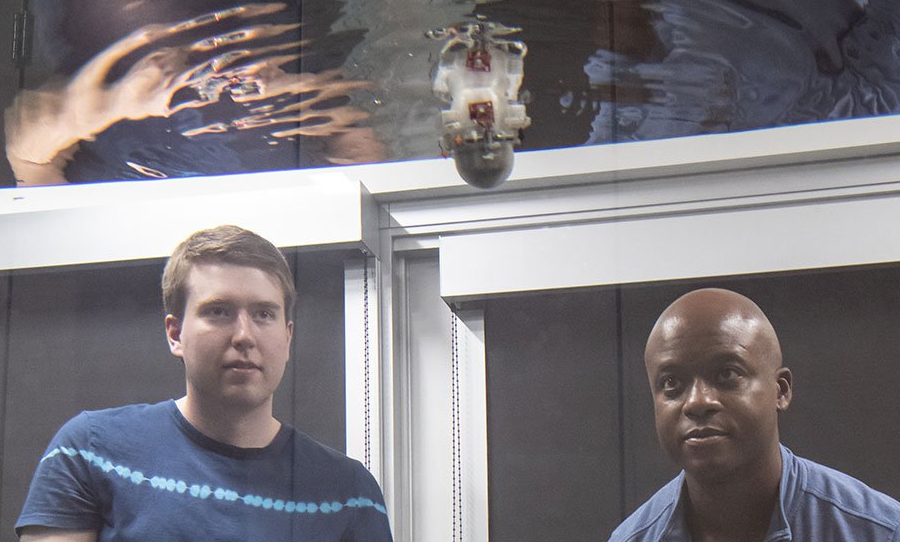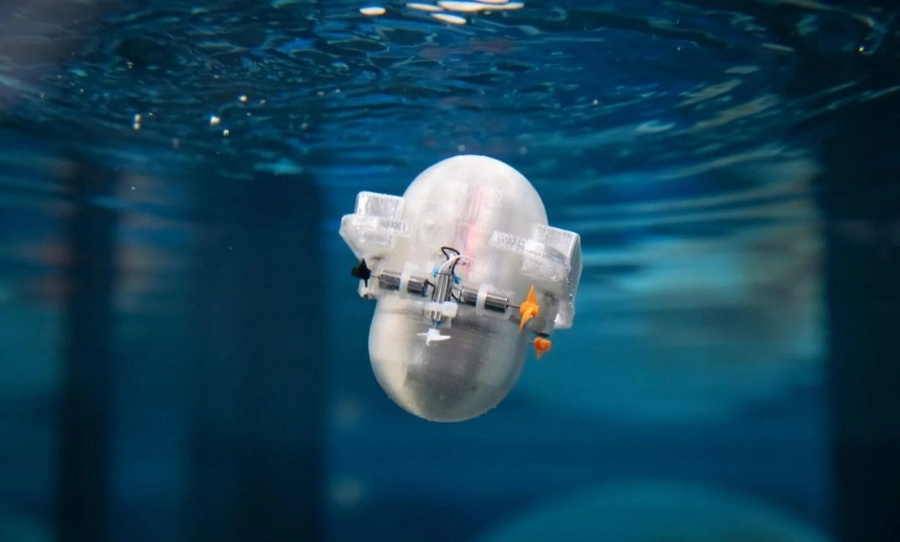Meet CARL-Bot: The new, tiny, AI-Powered robot that is revolutionising ocean exploration.
Ocean exploration is a costly pursuit, which is why 80% of the deep blue remains unchartered territory. That’s pretty bad, considering that it covers roughly 70% of the Earth’s surface and plays an important part in supporting life on our planet.
That’s where CARL-bot (Caltech Autonomous Reinforcement Learning Robot) comes in: The small-but-mighty robot that’s learning to navigate through the ocean’s unknown terrains by itself. We don’t know everything about AI but we are really hoping this cute little guy doesn’t get too lonely out there.

Designed by Caltech grad student Peter Gunnarson, this latest innovation could help unlock the ocean’s mysteries through deeper and more tailored explorations than we’ve ever been able to do before.
“We’re imagining an approach for global ocean exploration where you take swarms of smaller robots of various types and populate the ocean with them for tracking, for climate change, for understanding the physics of the ocean,” Caltech’s John O. Dabiri told Popular Science.
An artificial intelligence system developed in John Dabiri's lab could one day swim and navigate autonomously underwater even more effectively than living creatures.https://t.co/EuQ3XO51rK
— Caltech (@Caltech) December 10, 2021
When Caltech’s labs were closed in early 2021 due to COVID, Gunnarson 3D-printed CARL at home, and ran his first tests of the AI-powered bot in his bathtub, before later transferring him to a pool-like tank for further testing with Caltech’s team.
“Ultimately, though, we want CARL in the real world,” says Dabiri. “He’ll leave the nest and go into the ocean and with repeated trials there, the goal would be for him to learn how to navigate on his own.”
Although CARL is still remote-controlled for the time being, it will soon learn to navigate the deep recesses of the ocean all on its own, thanks to AI algorithms and the power of machine learning.
“You might one day in the future imagine 10,000 or a million CARLs (we’ll give them different names, I guess) all going out into the ocean to measure regions that we simply can’t access today simultaneously so that we get a time-resolved picture of how the ocean is changing,” says Dabiri. “That’s going to be really essential to model predictions of climate, but also to understand how the ocean works.”



